Amplifiers
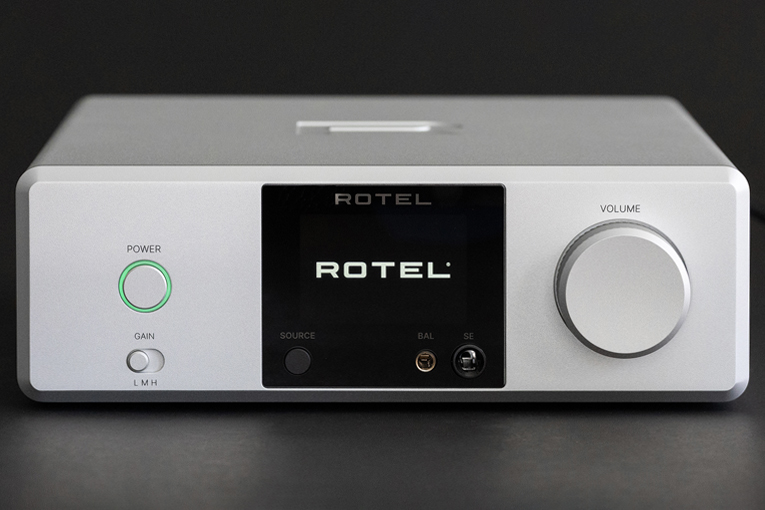
- Details
- Written by: Geoffrey Morrison
Sound: 









Value: 









(Read about our ratings)
Here’s a hot take: how a headphone amp looks is really important. Of course it’s important for it to sound good, but this is something that’s going to sit on a desk or visible shelf and, for a certain type of person, draw attention. So it needs to look good. To be fair, “good” is a pretty broad description. It can be something like the cyberpunk-cool HiBy FD5 or the more conventionally cool Rotel DX-3 ($1499, CA$2249, £1399, €1499, as of May 30, 2025). With just some simple lines and angles, it’s attractive without being flashy.

- Details
- Written by: Geoffrey Morrison
Sound: 









Value: 









(Read about our ratings)
I can’t remember when I first fell in love with the cyberpunk genre. Maybe it was the first time I saw Blade Runner. My love for the genre certainly solidified when I read Neuromancer in college. They’re finally making a TV show based on that book, something I’ll believe when I actually see it. While the genre has lost some of its mystique, given that we now live in the exact world all those movies and books warned us about, the aesthetic is still one of my favorites.
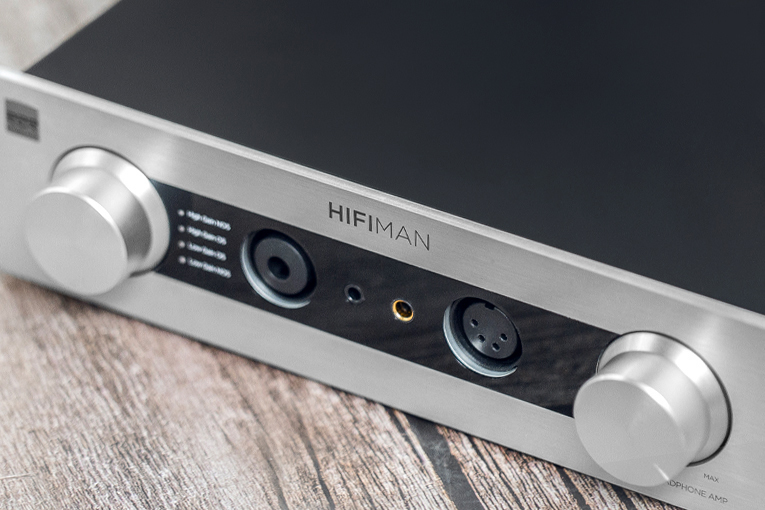
- Details
- Written by: Geoffrey Morrison
Sound: 









Value: 









(Read about our ratings)
When it comes to headphone amps, I’m looking for something specific. Sure, I want something powerful enough to easily drive whatever headphones I’m using. A good DAC is vital as well. But I also want something that, well, looks good. Headphone amps are rare products that will draw the eye of anyone curious. So looking cool is certainly not a requirement, but at the very least it’s a strongly requested bonus.
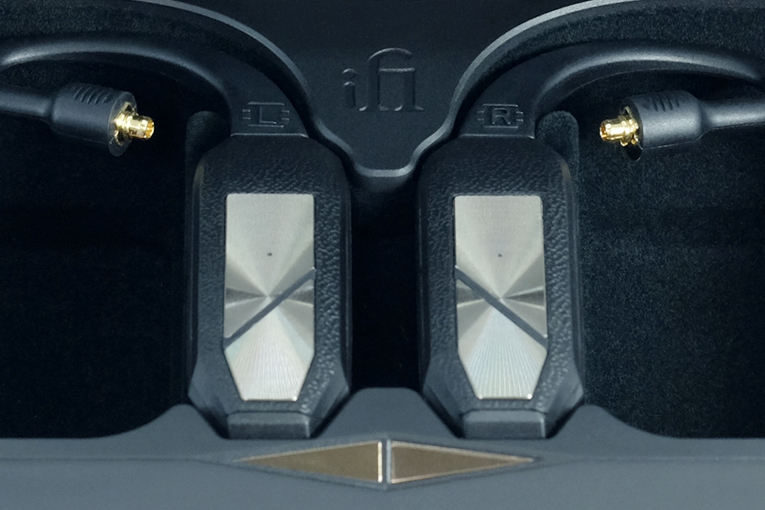
- Details
- Written by: Geoffrey Morrison
Sound: 









Value: 









(Read about our ratings)
This is one of the stranger products I’ve reviewed for SoundStage! Solo. iFi Audio’s Go Pod ($399, all prices USD) is a pair of Bluetooth receivers and amps designed to attach to high-end wired earphones, converting just about any ’phones with detachable cables into true wireless earbuds. So instead of carrying around a portable amp or device with a headphone jack, you can use your audiophile earphones with any Bluetooth source.
Read more: iFi Audio Go Pod Bluetooth DAC–Headphone Amplifier
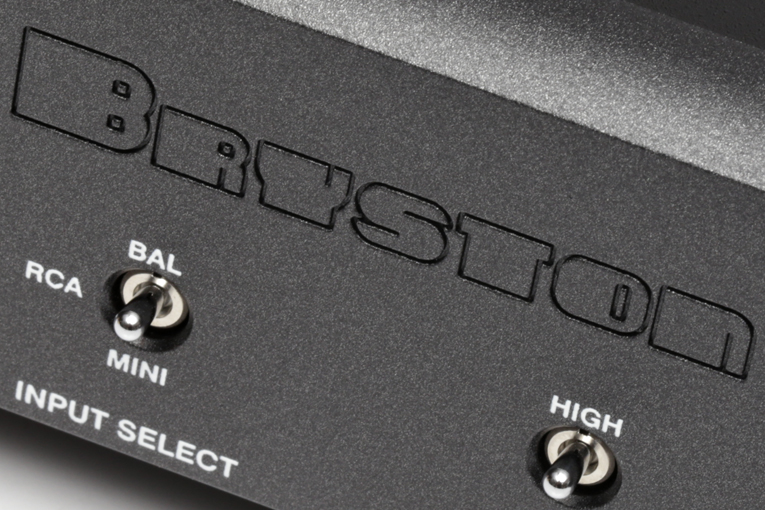
- Details
- Written by: Killain Jones
Sound: 









Value: 









(Read about our ratings)
Measurements can be found by clicking this link.
Much like with stock picking, key to selecting an audio component is researching the company behind it. Among my selection criteria are brand reputation and the length of time the company has been in business. Equally important, of course, is researching the component itself. When selecting a headphone amplifier, I try to find out its true power ratings, design goals, sound signature (I like my amplification slightly on the warm side of neutral), and the likelihood it could soon be supplanted by a newer model. What complicates matters is the sheer variety of designs, shapes, and sizes of headphone amplifiers and their abstruse specification sheets, which confound even seasoned audiophiles at times.
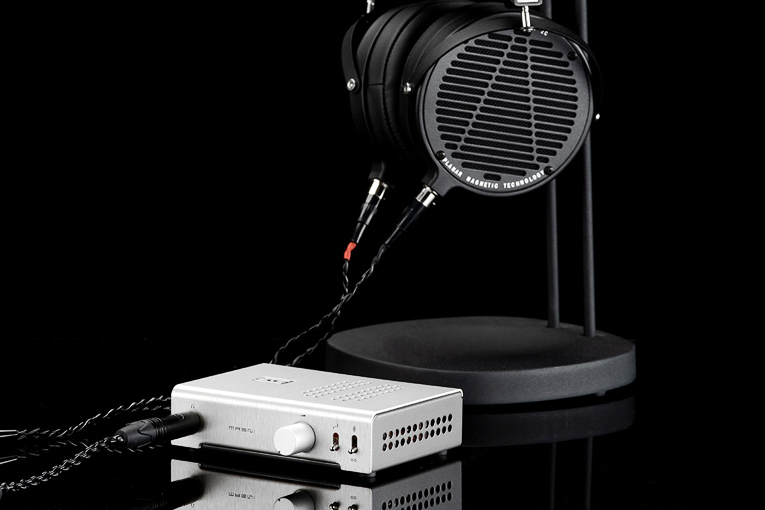
- Details
- Written by: Geoffrey Morrison
Sound: 









Value: 









(Read about our ratings)
 The hunt continues for some great, affordable headphone amps. A few weeks ago I checked out the Aiyima T8, a “no name” Amazon special, and I found it to be surprisingly decent for $120 (all prices USD). This week we go up in price slightly, to the Schiit Audio Magni. Base price is the same as the T8, but if you include a built-in USB DAC, the price goes up to $189. Those prices are for the black finish—add $10 for the brushed-aluminum silver version.
The hunt continues for some great, affordable headphone amps. A few weeks ago I checked out the Aiyima T8, a “no name” Amazon special, and I found it to be surprisingly decent for $120 (all prices USD). This week we go up in price slightly, to the Schiit Audio Magni. Base price is the same as the T8, but if you include a built-in USB DAC, the price goes up to $189. Those prices are for the black finish—add $10 for the brushed-aluminum silver version.
- Aiyima T8 Headphone Amplifier-DAC
- Kinki Studio Vision THR-1 Headphone Amplifier
- Clarus Cable Coda Portable USB DAC-Headphone Amplifier
- Topping A50s Headphone Amplifier
- EarMen TR-Amp DAC-Headphone Amplifier
- Schiit Audio Magnius Headphone Amplifier
- Helm Audio DB12 AAAMP Headphone Amplifier
- iFi Audio Hip-dac DAC-Headphone Amplifier
- Focal Arche DAC-Headphone Amplifier
- miniDSP IL-DSP DAC-Headphone Amplifier
- Rogue Audio RH-5 Headphone Amplifier-Preamplifier
- Lehmannaudio Linear USB II DAC-Headphone Amplifier
- Periodic Audio Nickel Headphone Amplifier
- Auris Audio Euterpe Headphone Amplifier-DAC
- Monoprice Monolith THX 24459 Desktop Balanced Headphone Amplifier and DAC
- Monoprice Monolith Liquid Platinum Headphone Amplifier
- Schiit Audio Fulla 2 DAC-Headphone Amplifier
- iFi Audio xCAN Headphone Amplifier
- iFi Audio xDSD DAC-Headphone Amplifier
- Schiit Audio Jotunheim DAC-Headphone Amplifier
- AudioQuest DragonFly Red and Black USB DAC-Headphone Amplifiers
- Arcam MusicBoost DAC-Headphone Amp and Case for Apple iPhone 6/6s
- Moon by Simaudio Neo 230HAD DAC-Headphone Amplifier
- Oppo Digital HA-2 Headphone DAC-Amplifier
- Aurender Flow Headphone Amplifier-DAC
- Moon by Simaudio Neo 430HA Headphone Amplifier
SoundStage! Solo is part of
All contents available on this website are copyrighted by SoundStage!® and Schneider Publishing Inc., unless otherwise noted. All rights reserved.
This site was designed by Karen Fanas and the SoundStage! team.
To contact us, please e-mail info@soundstagenetwork.com





